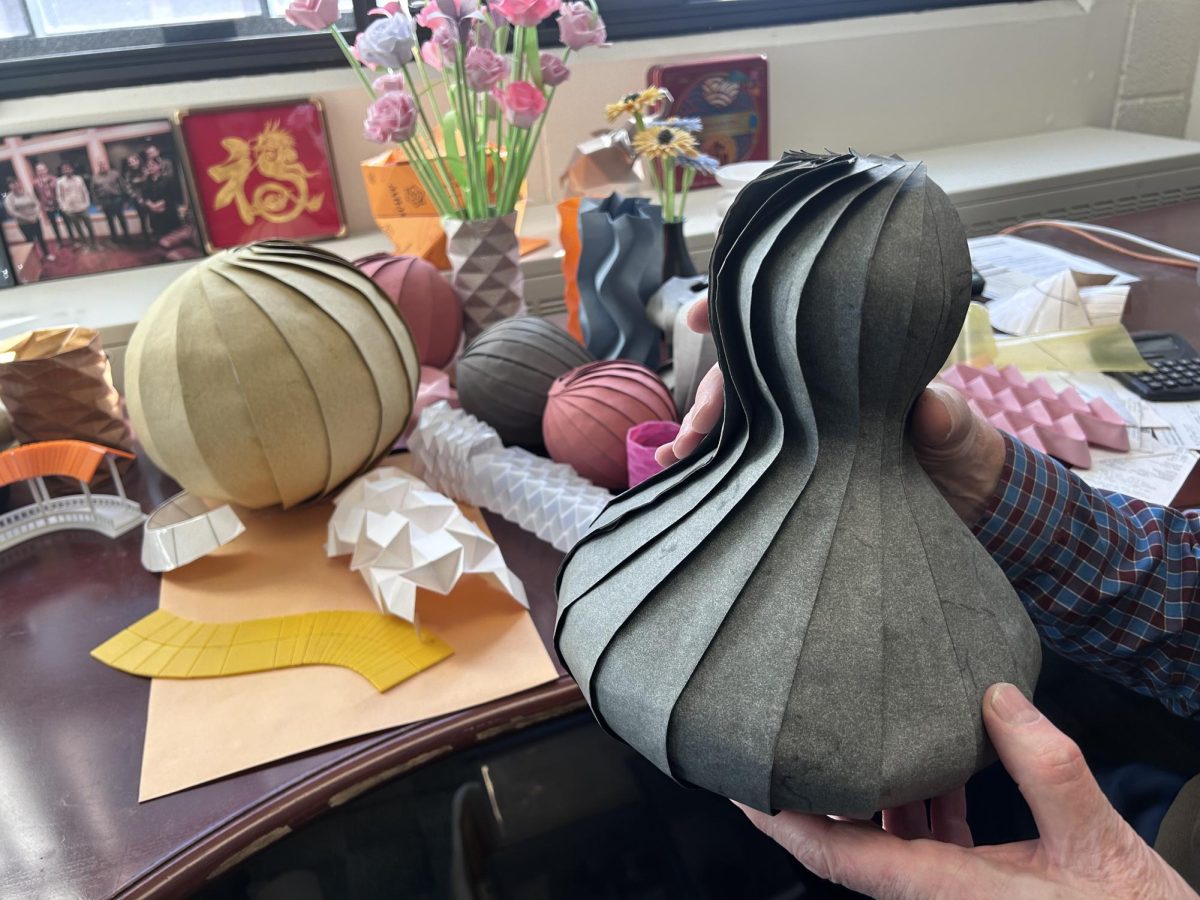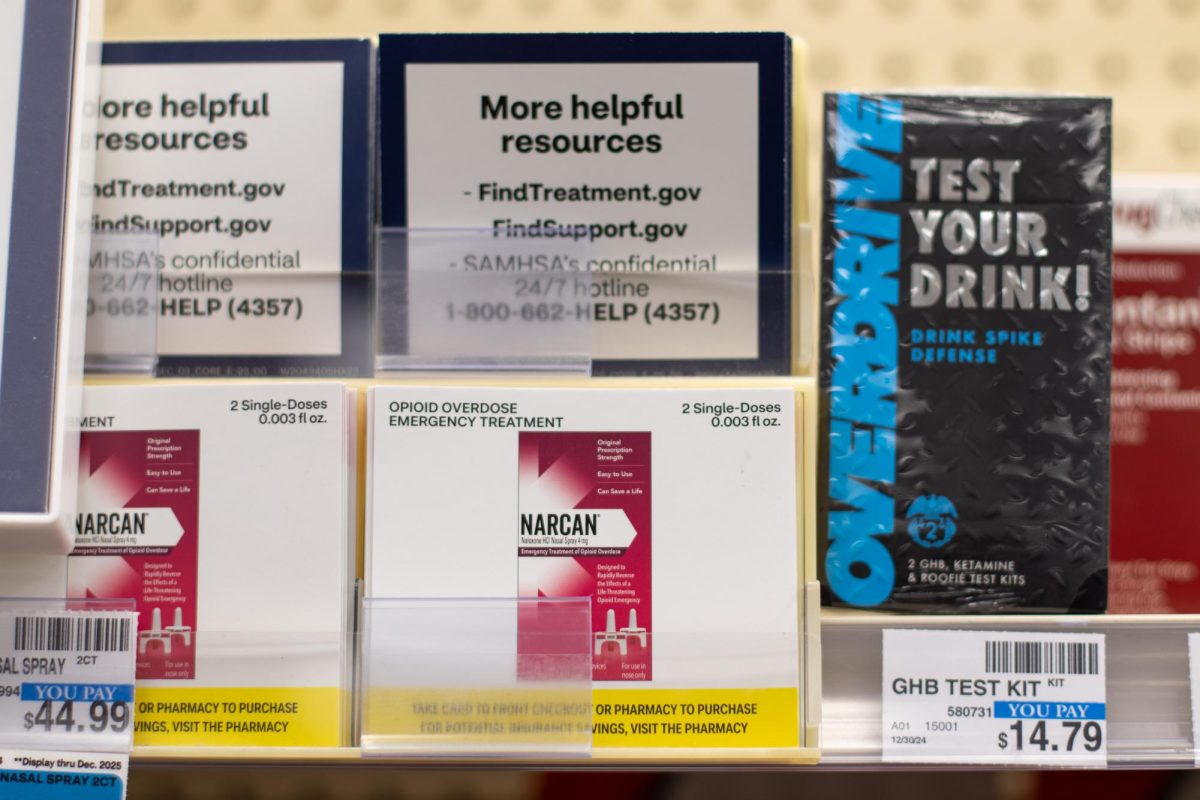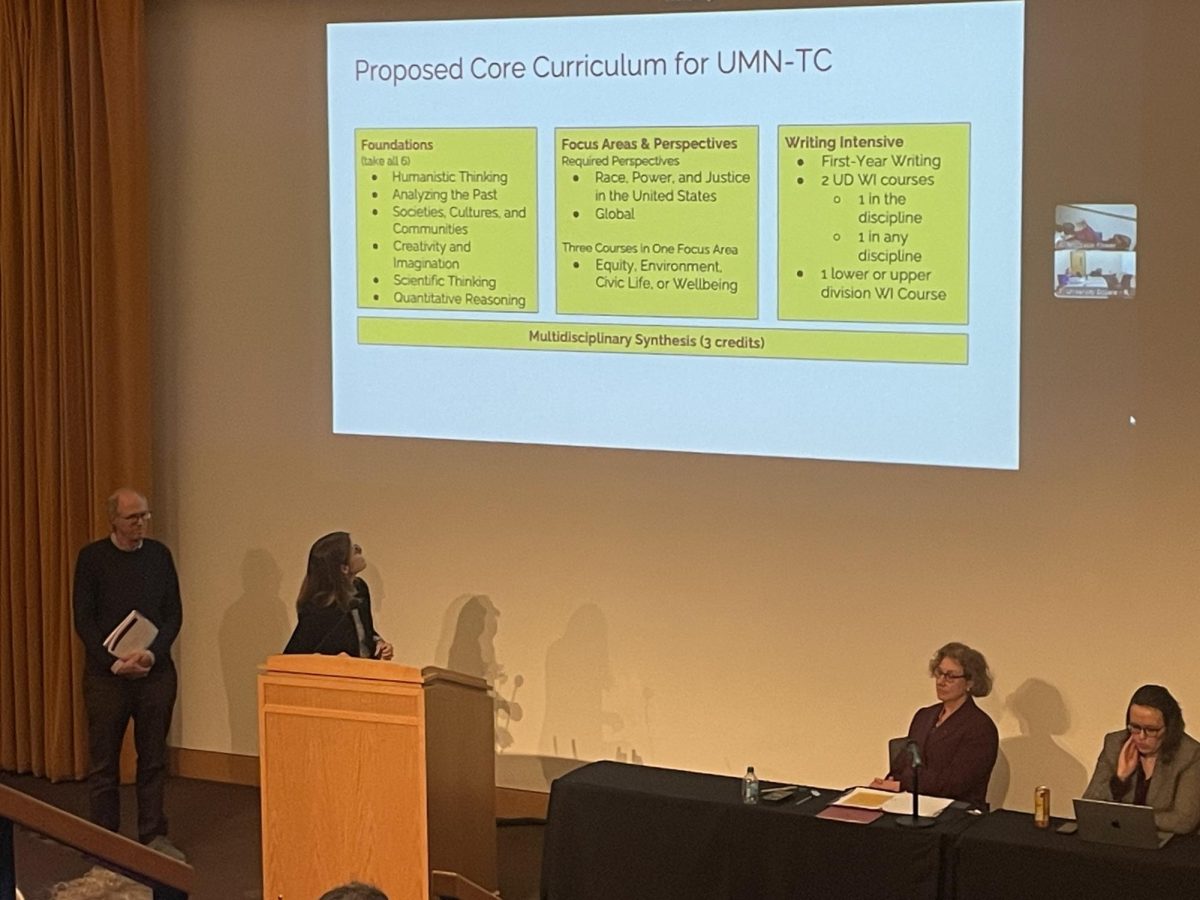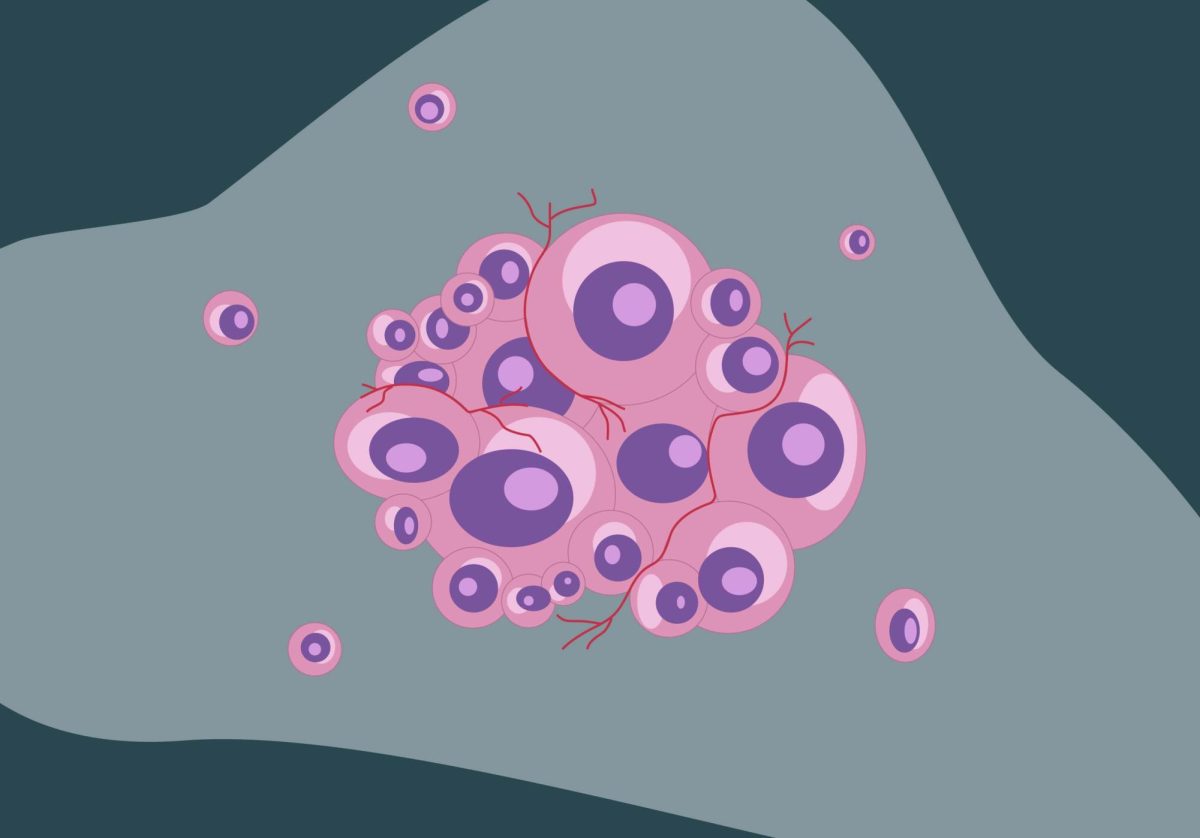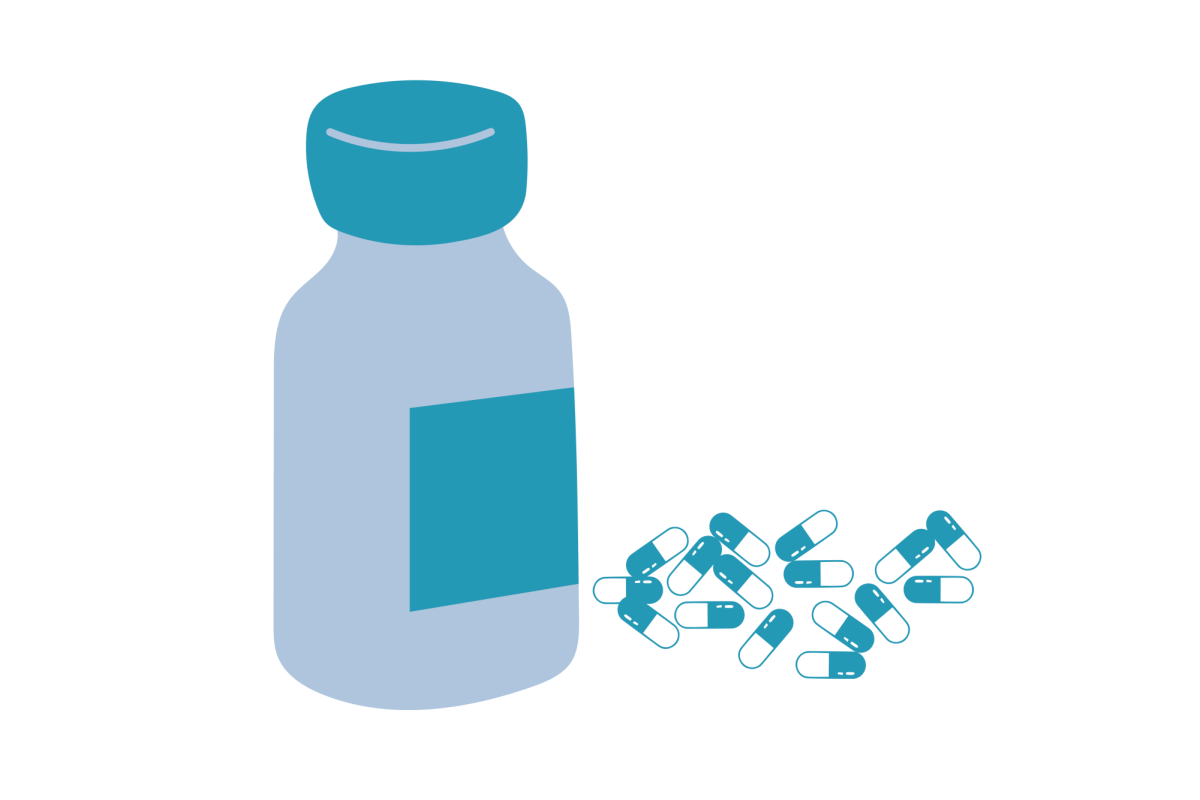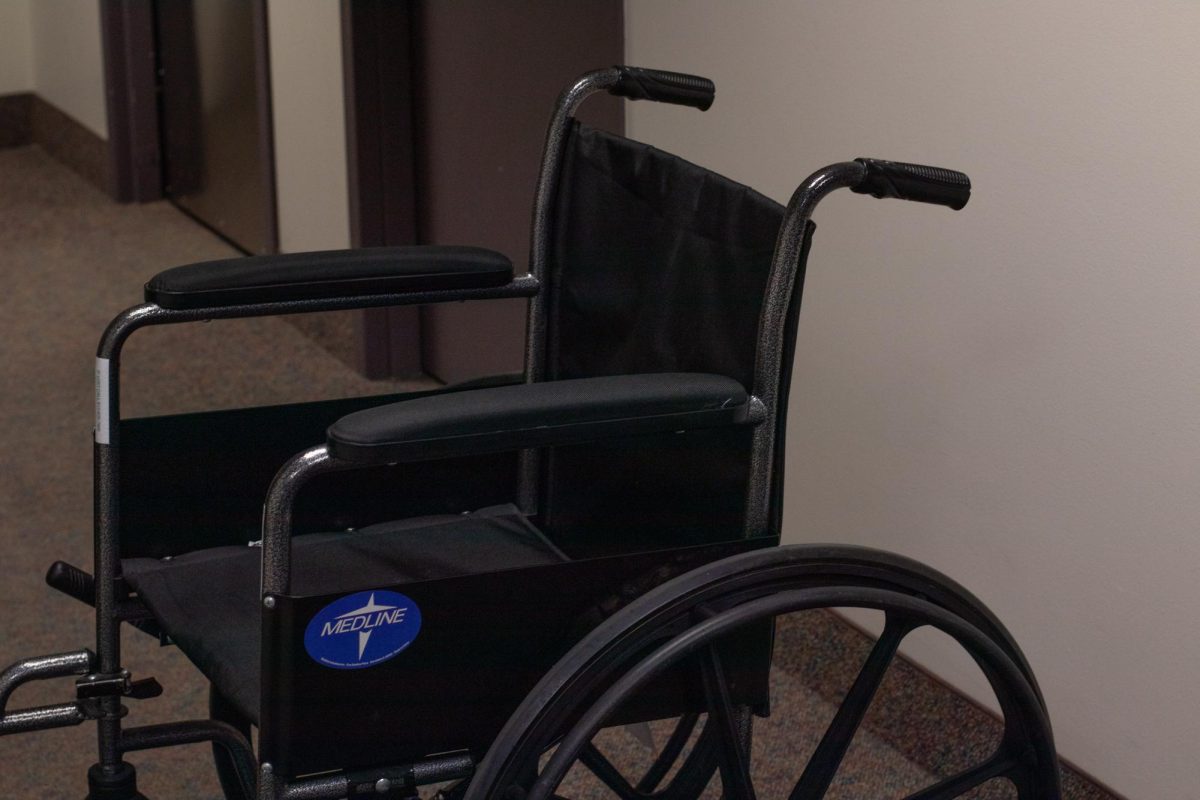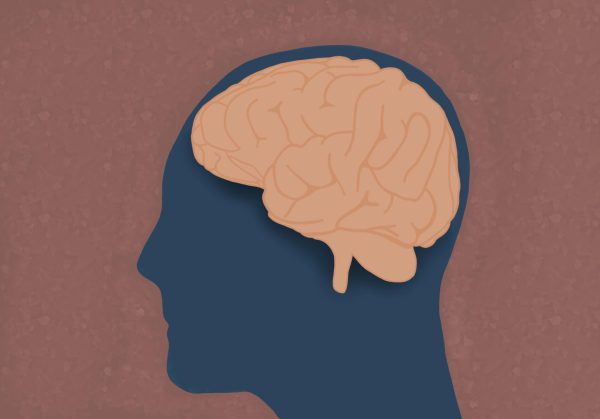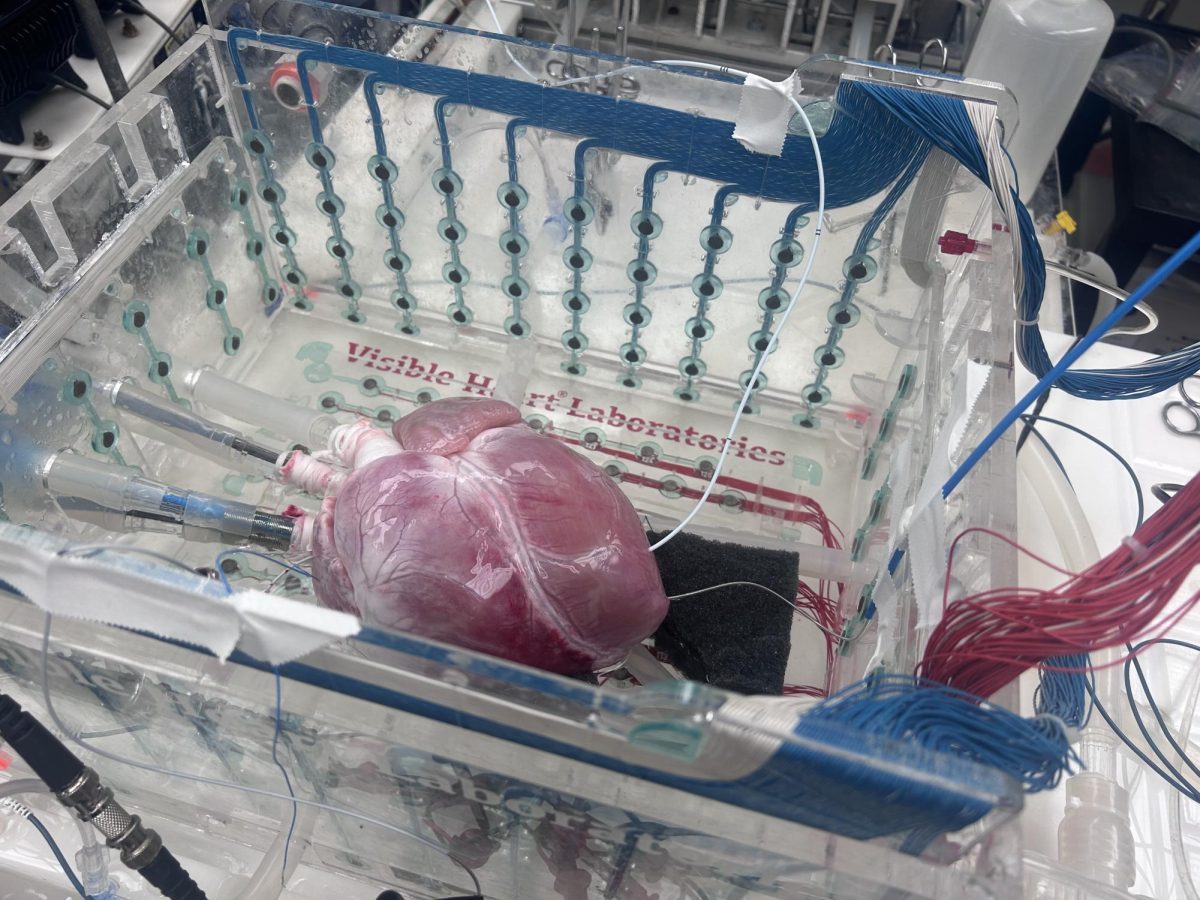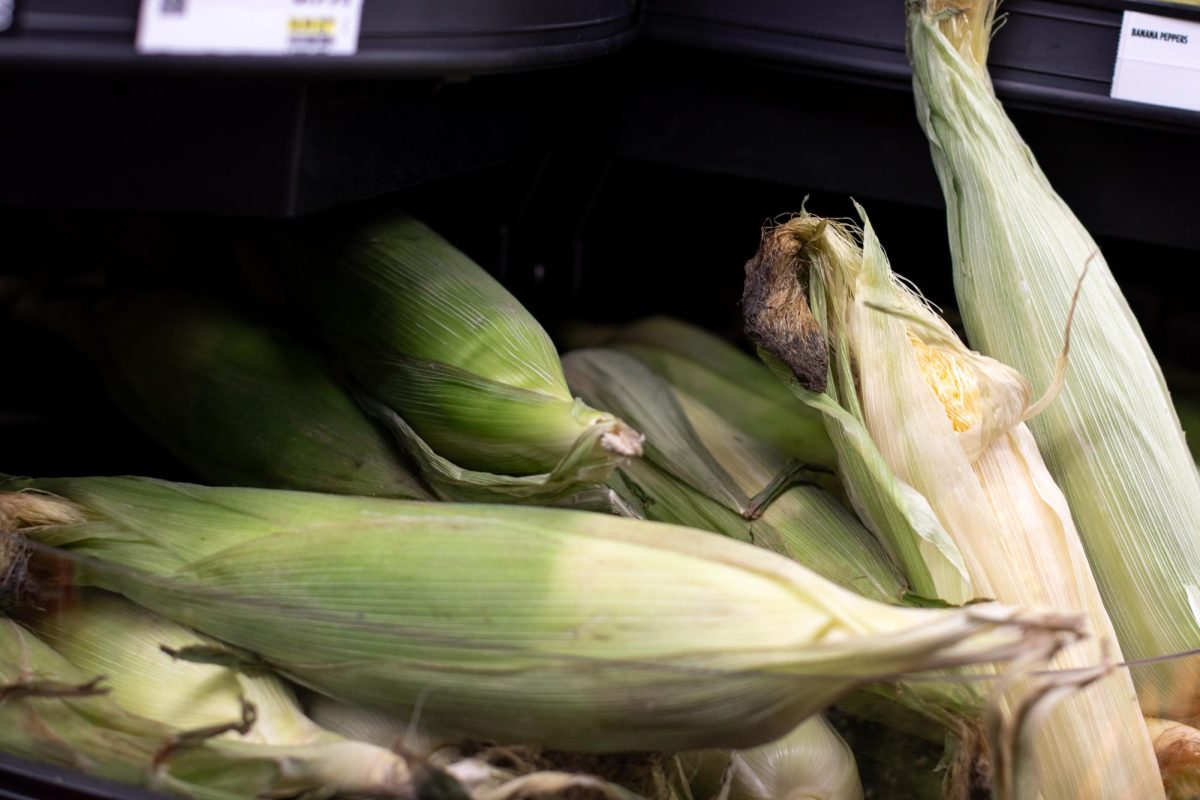Origami is a traditional Japanese art form where people create intricate designs by folding paper, but the technique can also keep people alive.
Science and engineering professor Richard James and Huan Liu, one of his doctoral students who is now a postdoctoral fellow at the California Institute of Technology, used origami to develop a brain stent prototype. Brain stents are devices implanted in the brains of people with high-risk conditions of the brain arteries, somewhat like a retaining wall.
Brain stents are used to treat brain aneurysms and maintain blood flow in narrowing blood vessels.
James said origami structures are used in objects we encounter frequently. Space-saving products, like a collapsible canoe, use origami to fold up into a different, more convenient shape.
The Weisman Art Museum on the Twin Cities campus was designed with origami-like qualities, James said, as the curves of the metal come together to form sharp angles.
The brain stents in their research use shape-memory materials, or materials that can be bent but return to their original shape, James said. This material along with origami design helps with the tedious process of inserting a brain stent.
Brain stents are inserted through an artery in the leg and guided through the artery to the brain by a guidewire, James said. The process is monitored on an X-ray to see where the stent is and lasts about three hours.
“Origami design is ideal for (brain stents) because you can take large objects and you can deform them,” James said. “You design the folding pattern so it can be squished up into a small diameter, and you can also make it out of shape-memory and material.”
James said the stent shrinks to fit inside the artery and expands once it reaches the aneurysm.
According to Liu, the shapes of different aneurysms are unique in shape, so origami is useful to create a stent that fits exactly.
“I can use my origami structure to approximate the shape of the aneurysm so that it can fit the aneurysm perfectly and reduce the risk of aneurysm rupture,” Liu said.
Liu uses curved folds, as opposed to straight lines like those used for a paper airplane, for safer insertion of the stents.
“Linear origami creates sharp corners which are dangerous for treating aneurysms,” Liu said. “But for (curved origami), I can get a smoother surface.”
James said Liu calculates how to fold the material for the stent’s design.
“It’s not like recreational origami where you try things and see how it folds. It’s much more mathematical than that,” James said. “You design it on the computer using mathematical theory. You designed it ahead of time and then, sure enough, it folds up the way you expected it to.”
Liu said using origami in other areas of engineering is promising and opens up new possibilities for design. She and James also worked on developing a new model for vertical-axis wind turbines to make them more efficient using curved origami designs.
Origami structures are also promising in the world of space exploration, James said, as the capsules attached to rockets are very small but need to fit many things into a small space.
“Our main focus is to develop mathematical methods for general use with many applications in mind,” James said.


